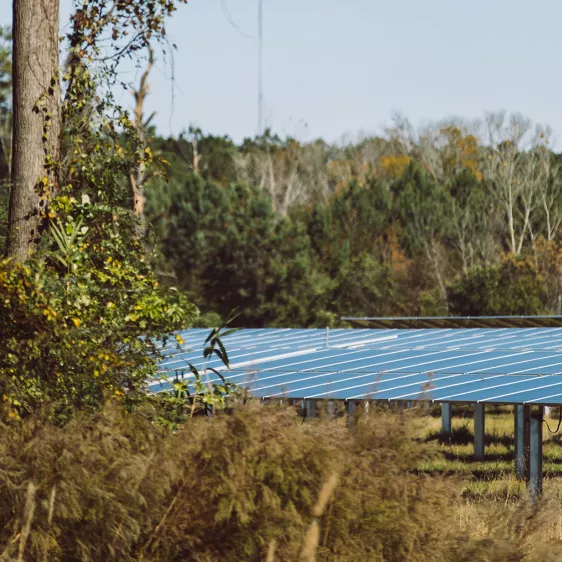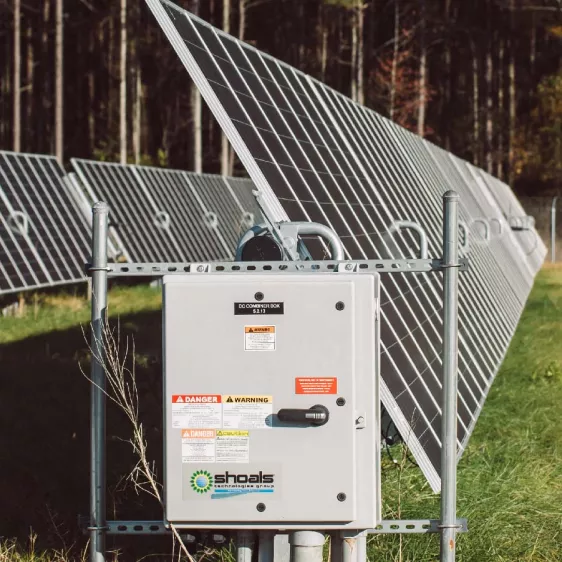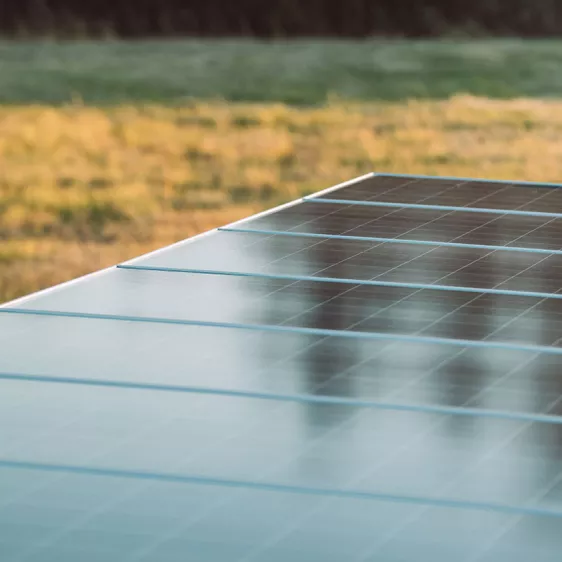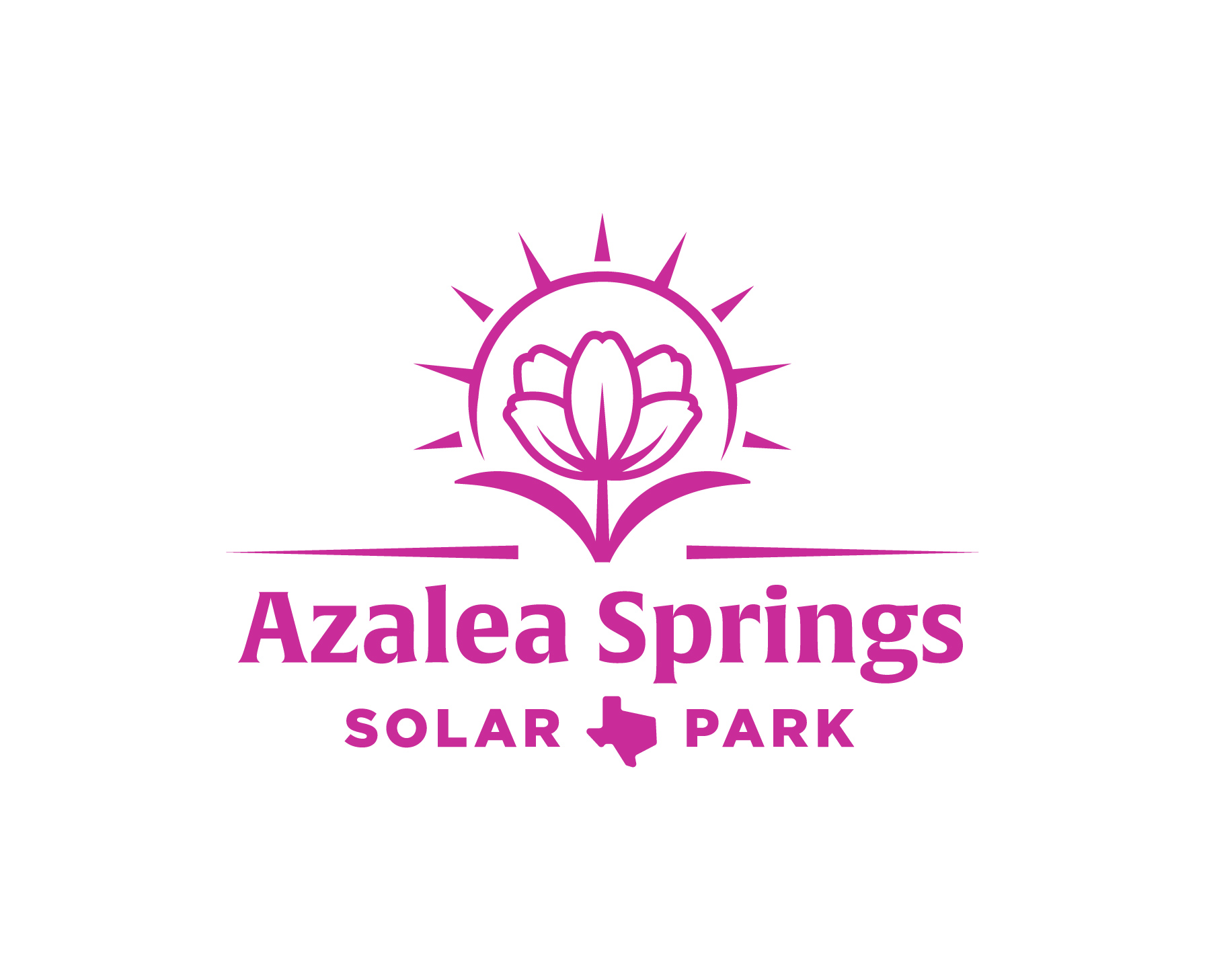Installed capacity of 180 megawatts (MW)
Project overview
Azalea Springs Solar Park is located in the northwest corner of Angelina County, Texas, about 10 miles northwest of Lufkin and 17 miles southwest of Nacogdoches. The solar park is sited on land that was primarily used as a timber site. Azalea Springs Solar Park is commencing construction activities and intends to reach full operations in 2025.

Azalea Springs Solar Park yields significantly in the form of payments to landowners, local spending, and annual community investment. Azalea Springs Solar Park is also compatible with other land uses and provides a stable form of income to local landowners.
Renewable energy benefits in Texas

Renewable energy technology

Energy security

Infrastructure

Solar energy in the U.S.
Azalea Springs Solar Park would save more than 228 million gallons of water each year and would displace carbon emissions from fossil fuel power plants, a major contributor to climate change. Azalea Springs Solar Park would also enhance air quality by helping to mitigate the health effects of harmful air pollutants.
Downloads
